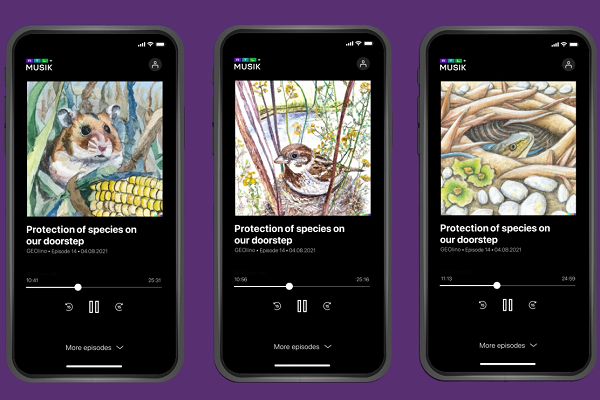Microsoft Integrates DALL-E Synthetic Image Generator into Azure OpenAI Service

Microsoft will embed OpenAI’s DALL-E 2 text-to-image generator into its Azure OpenAI Service. The Azure Cognitive Services subset is inviting a limited number of customers to try out DALL-E for enterprise purposes, though the feature is otherwise largely the same as the one available to consumers.
Azure DALL-E
DALL-E will be available to create images from uploaded text or pictures for the chosen Azure clients. The prompts can be input manually or fed to the image generator from the enterprise’s databases. Clients have already begun testing the Azure-accessible DALL-E. European media giant RTL Deutschland tested using content metadata as prompts to create podcast and audiobook art, while Mattel played with designing Hot Wheels cars with the AI. Microsoft is keen to weave DALL-E into as many of its products as is feasible. The text-to-image AI is coming to Microsoft 365 through the new Designer app and the upcoming Image Creator tool for Bing and Edge. The Azure aspect widens that reach to its enterprise customers. DALL-E in Azure comes with the same capabilities and limitations as those other instances. The rules are actually even stricter as, along with forbidding content policy violations around sexual and violent images, Microsoft adjusted the algorithm to eliminate any celebrities or religious images preemptively.
“People love images, and for someone like me who is not visually artistic at all, I’m able to make something much more beautiful than I would ever be able to using other visual tools. It’s giving humans a new tool to express themselves creatively and communicate in compelling and fun and engaging ways,” Microsoft principal group project manager for Azure AI Sarah Bird said. “We’re designing the interfaces to help users be more successful in what it’s generating, and sharing the limitations today, so that users are able to use this tool to get the representation that they want, not whatever average representation exists on the internet.”
OpenAI Modeling
The latest addition follows Microsoft’s introduction of Azure OpenAI Service nearly a year ago as an invite-only tool. OpenAI’s models were to augment Azure’s existing enterprise offerings with GPT -3. At the time, Microsoft described code-free app development, report summaries, and marketing content generation as potential uses for the model. Azure OpenAI Service followed earlier experiments to integrate GPT-3 into Microsoft projects like the low-code Power Apps programming tool and the GitHub Copilot programming assistant. Microsoft upgraded the service in May with more linguistic controls and model fine-tuning, along with the integration of the Codex tool for translating English descriptions into programming code much as DALL-E translates words into images. Microsoft’s willingness to invest $1 billion in future OpenAI research as part of an exclusive licensing deal emphasized how much the company believes in OpenAI’s work. The expansion of DALL-E to Azure and the apps for 365, Bing, and Edge indicate those ambitions will not fade away any time soon.
“The power of the models has crossed this threshold of quality and now they’re useful in more applications. The other trend that we’re seeing is all the product developers are thinking through and understanding the ways that they can use AI in their products for both ease of use as well as saying, ‘Oh, I can make my product work better if I use AI,’” Microsoft corporate vice president for AI Platform Eric Boyd said. “What is most exciting, I think, is we’re just scratching the surface on the power of these large language models.”
Follow @voicebotaiFollow @erichschwartz
Microsoft Spreads DALL-E Text-to-Image AI to New Designer and Image Creator Apps
Microsoft Enhances Azure OpenAI Service and Widens Access to GPT-3 Models
Microsoft’s New Azure OpenAI Service Shares GPT-3 Language Model With Enterprise Partners








